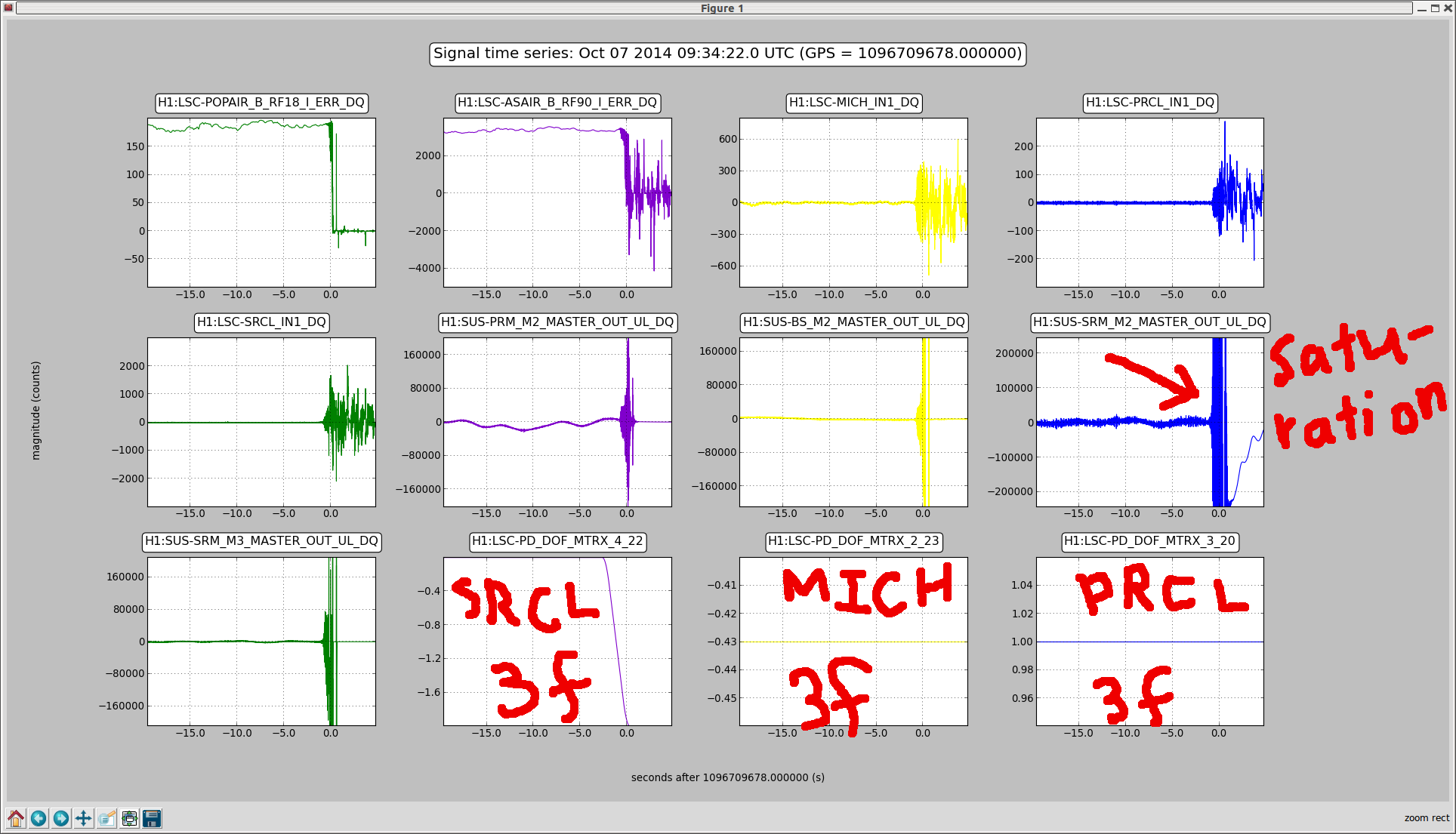ETMX has tripped 4 times, and so has the BS. We have been actuating on ETMX, but don't think that is the proble. We definitely weren't actuating on the BS, there isn't anyone around in the LVEA. Most of the time the WD plotting script has failed, I did get a plot for the BS though.
ETMX tripped again, there was no isc feedback this time. It also tripped several more times while the guardian was trying to bring it back. We seem to be having an earthquake, but ETMX is the only chamber that isn't riding it out. Something must be wrong with this ISI.
The problem seems to have been that the configuration of the blends was wrong for both the beam splitter and ETMX. Jim confirmed that they are supposed to be the same configuration as the rest of the BSC ISIs, so I tried to match all the settings. It seems like the blend switching doesn't work with the new configuration,so while the ISis were tripped I went into the current blend filter banks individually and switched them all by hand. At least they are not tripping now.
How do these blends get switched into the wrong configurations in the first place? Does someone have a script that sets them corectly? Do we need to update safe.snaps?

















